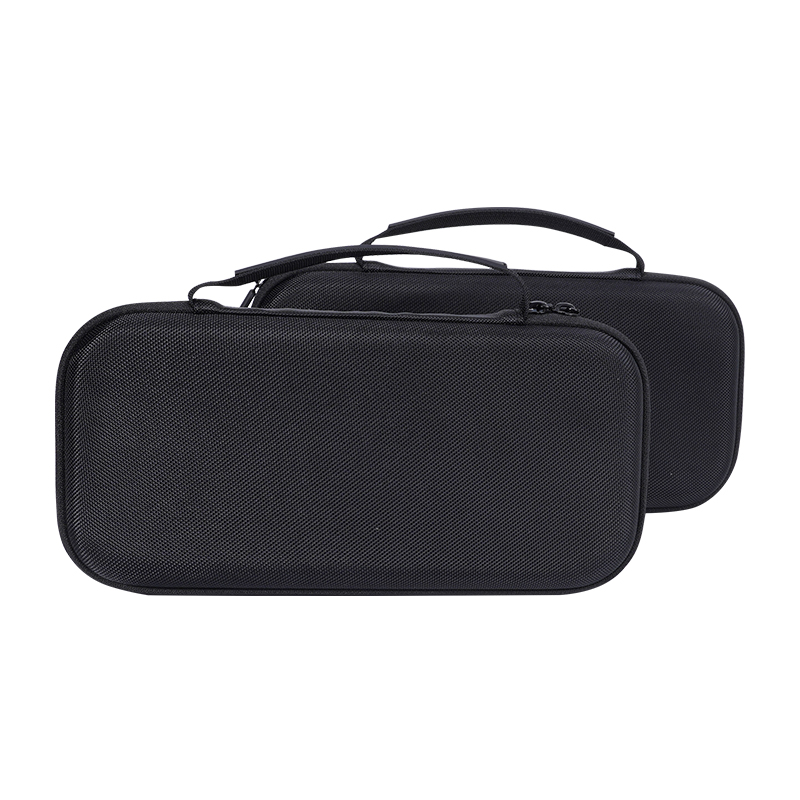

Headphone Storage Case Market Heats Up: From Materials and Craftsmanship to Buyer Preferences and Industry Outlook
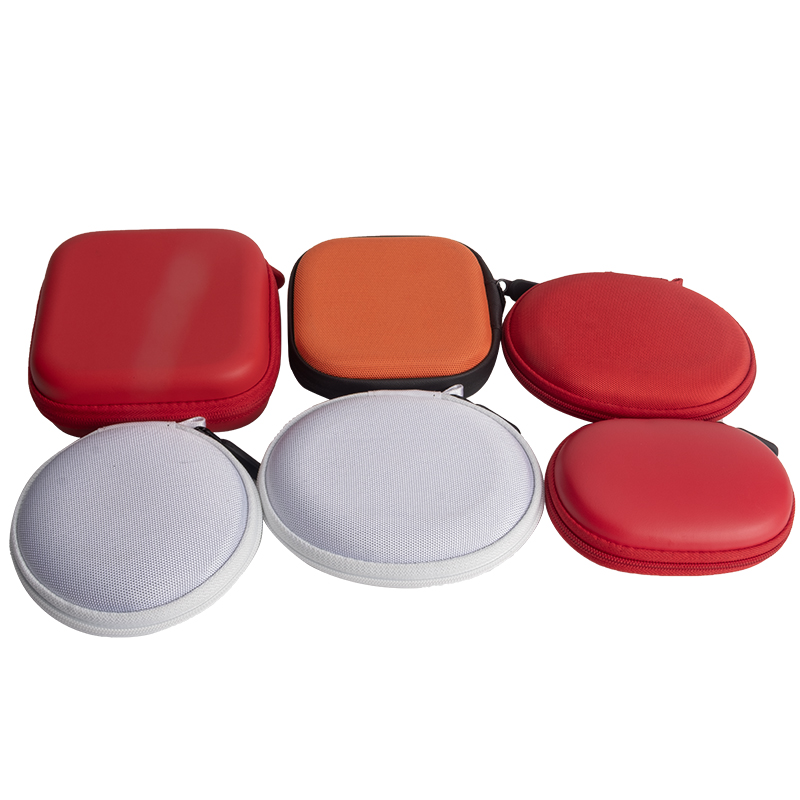
1. What are the key features of a headphone storage case?
Core functions: Shock absorption, scratch resistance, water repellence, lightweight portability, and organized storage (inner compartments, mesh pockets, cable organizers, clips).
Common materials: EVA hard shell (compression molded), PU leather, and nylon for exteriors; EVA foam, memory foam, or velvet lining for interiors; resin zippers for closure. EVA has become the mainstream due to its lightweight, water resistance, and impact protection.
Usage scenarios: True wireless (TWS) earbuds, over-ear and neckband headphones, and multi-functional storage (including cables and adapters).
2. How do consumers choose?
Impact resistance: A strong shell with dense inner lining that doesn’t deform under pressure.
Zipper durability: Smooth opening/closing with no snagging; preferably tested under repeated fatigue cycles.
Water resistance: Coated fabrics and tight seams for splash protection.
Interior design: Compartments or mesh pockets to also store charging cables or ear tips.
Compliance and odor: Preference for products made with RoHS/REACH-compliant materials, ensuring low chemical risk and no strong odors.
3. What equipment does a factory need for high-quality production?
For EVA hard-shell cases:
Compression/hot press machines
Cold-press forming tables, die-cutting or CNC cutting machines, lamination equipment
Sewing machines (flatbed, overlock) and edge-sealing devices
Zipper sewing and adhesive application stations
Quality control tools: zipper fatigue testers, vibration and drop test systems
For PU or nylon soft cases:
Automatic cutting machines, high-frequency cutters
Sewing machines (flatbed, zigzag, edge sewing)
High-frequency hot press, silk-screen or embossing equipment
4. Quality requirements and testing
Materials and compliance: Supply chain must ensure all materials meet RoHS/REACH standards, with Certificates of Conformance and lab reports.
Appearance and process: Even stitching, smooth edges, firm structure, and odor-free.
Durability and performance:
Zippers: Tested to international standards such as ASTM or JIS for cycle count, tensile strength, and smoothness.
Packaging: Drop and vibration testing based on ISTA 1A/2A for small consumer goods.
Final inspection: Sampling per ISO 2859-1 (AQL), with typical limits (critical: 0, major: 2.5, minor: 4.0).
5. Standardized production process (EVA example)
Prototype review → Raw material inspection → Cutting/lamination → Hot-press molding → Trimming → Edge stitching → Zipper/handle assembly → Appearance & functionality testing → Drop and vibration validation → Sampling inspection → Shipment.
6. Buyer preferences and style trends
Key buyer concerns:
Accurate size fitting for mainstream TWS and over-ear models
Lightweight yet protective balance
Smooth and durable zippers
Compliance with safety standards and low odor
Packaging that passes ISTA tests
Stable lead time and consistent quality (AQL control)
Style trends:
Compact EVA hard-shell cases for TWS
Clamshell-style designs for portability
All-in-one storage for headphones plus accessories
Rugged reinforced cases for commuters and athletes
Eco-friendly designs using recycled PU or RPET fabrics
Price range: With budget-friendly TWS earbuds driving volume, demand for entry-level storage cases is rising. High cost-performance and production consistency are priorities for bulk buyers.
7. Market status: Earphone revival boosts case demand
Consumer demand: Global audio device shipments rose by 10.6% year-over-year in Q2 2024, with TWS making up 72.6% (+12.6% YoY). Affordable models under $50 have become major growth drivers, directly boosting storage accessory sales.
Market size: The TWS earphone market was valued at $31.7 billion in 2023, projected to grow at a CAGR of over 15% between 2024–2032, creating opportunities for both component suppliers and accessory makers.
Shipment structure: In 2024, TWS shipments hit 332 million units, up 13% YoY, with brand concentration increasing. Open-fit and feature-rich models are fueling double-digit growth, stimulating demand for customized cases.
8. Future directions and opportunities
Material innovation: EVA with more refined density/hardness control, layered cushioning, and advanced coatings for stain resistance and sustainability.
Durability transparency: Clear labeling of zipper cycle lifespan and third-party durability reports.
Pre-packaging compliance: Early adoption of ISTA packaging validation to reduce damage claims.
Compliance as a threshold: European buyers are increasingly requiring RoHS/REACH certifications as a must-have.
Scenario-driven design: Differentiated products for sports, commuting, and travel; integration with charging docks or magnetic quick-access features.
Three-step action plan for manufacturers and exporters
Step 1: Compliance and material sourcing — Secure RoHS/REACH agreements with suppliers; define EVA density and hardness specs; set zipper durability targets.
Step 2: Process and validation loop — Establish SOPs for molding, trimming, stitching, and assembly; run ASTM/JIS zipper fatigue tests and ISTA drop tests for batches; apply AQL II standards before shipment.
Step 3: Buyer-facing communication — Highlight key selling points: “Rigid shell, soft lining, zipper tested over X cycles, third-party certified materials, ISTA packaging approved, controlled by AQL sampling,” while offering scenario-based layout diagrams and fitting charts.
Recommend news
Related information
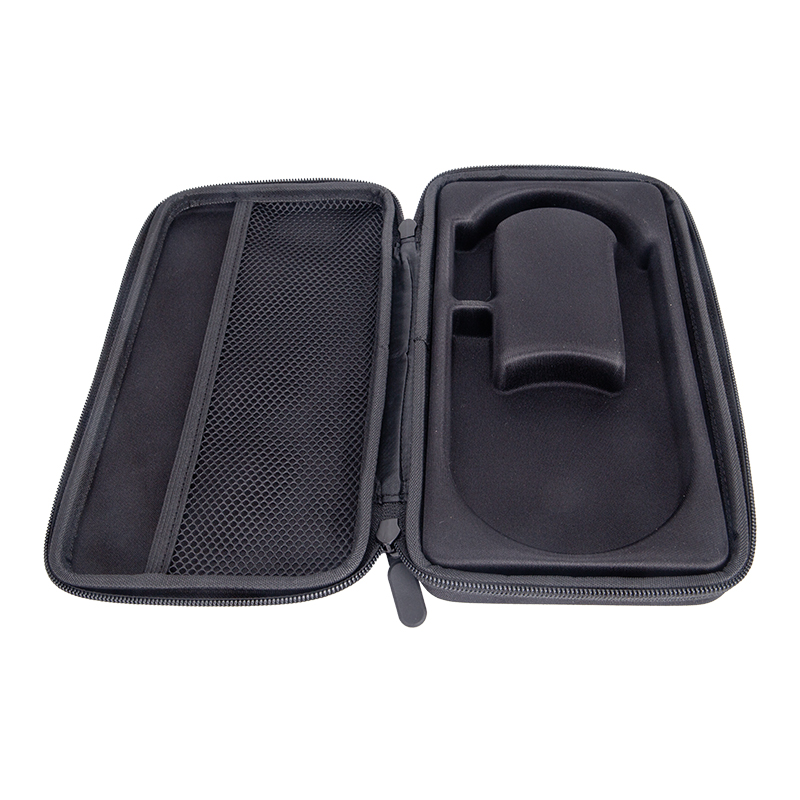
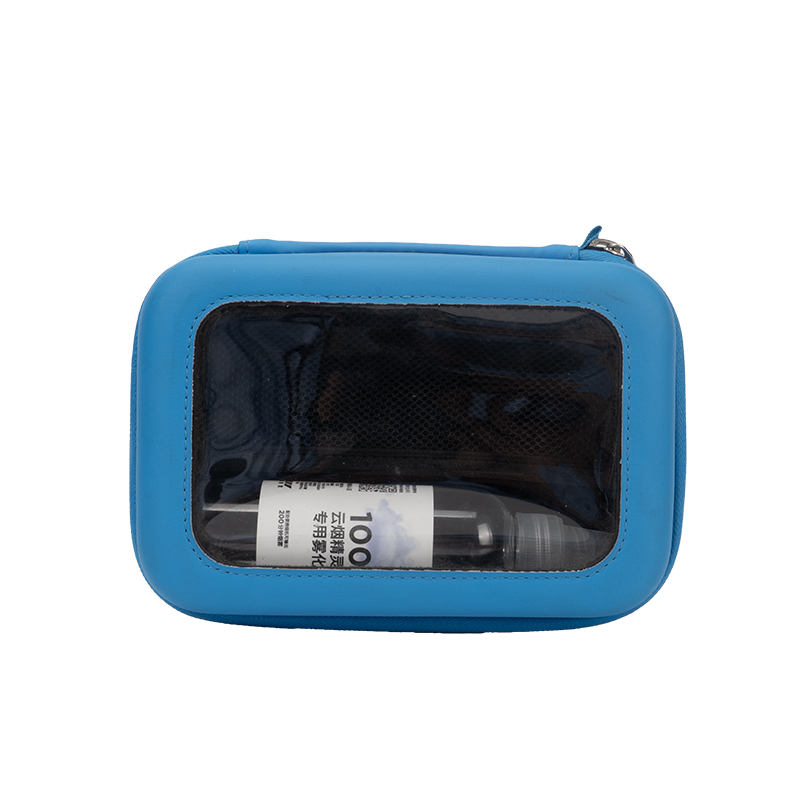
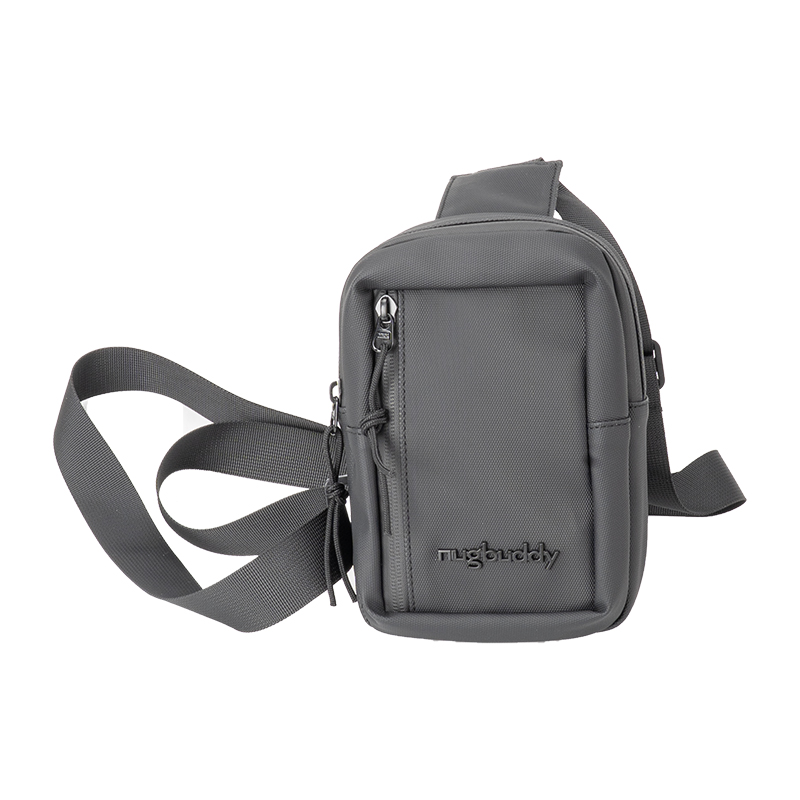

Contact Us
Contact: Roger Young
Tel: +86 13829257690
Email:sale@chfine.com
Address: 72#,Dongbao Road,Houjie Town,Dongguan,Guangdong,China.
JOIN TEAM
Be the first to get new knowledge
FOLLOW







Chfine(CN) | EVACAMARA CASE | RX packaging
COPYRIGHT @ 2022 ,Dongguan Chfine Luggages And Cases Co., Ltd. All rights reserved






